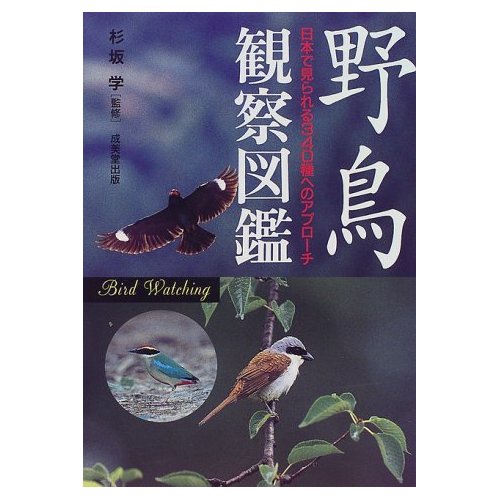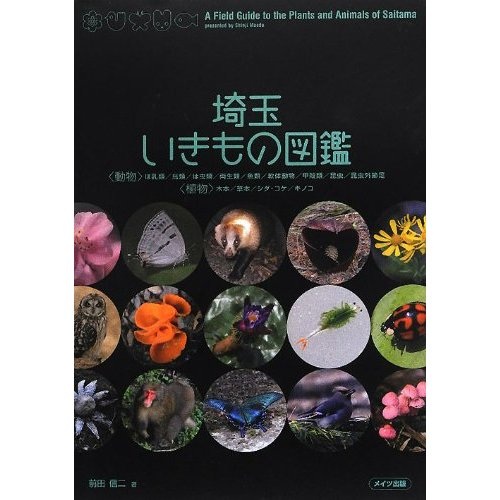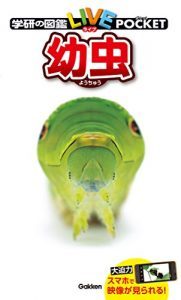Hi blog.
Sorry it has been more than a month since I could bring myself to sit down and write a blog entry. I’ll spare you the gory details, suffice to say it involves a combination of nasty wintry weather, a suspected kidney infection, and stupid stuff happening at work.
Media coverage of anything relevant is almost zero at this point, largely thanks to Japan’s obsession with the Winter Olympics and the wins they feel entitled to. Not to mention any wins being repeated over and over for days on end, instant replays of studio reactions, reports of what the women’s curling team had for snack time…
Then this popped up in my news feed.
COVID-19 face mask recovered from sea turtle caught off Japan coast
A disposable mask has been found in the feces of a juvenile green sea turtle caught off Japan’s northeastern coast, a study by a team of Japanese researchers recently showed, raising concerns that plastic debris related to COVID-19 is contaminating the marine ecosystem.
While sea turtles have been known to accidentally ingest plastics for some time, no face mask had been found during the 15-year survey of the region prior to the pandemic, according to the team from the Tokyo University of Agriculture and Technology and the University of Tokyo.
Reports of disposable masks entering the ocean have increased in coastal areas around the world since the outbreak of the coronavirus.
In the paper published in the Marine Pollution Bulletin earlier this month, the team also confirmed that commercially available masks contain stabilizers to prevent plastic from deteriorating due to ultraviolet rays. The additives are considered to be endocrine disruptors, meaning they can interfere with hormonal systems of organisms.
The juvenile green turtle was caught alive in a set net off Iwate Prefecture in August 2021, and is currently being kept in captivity.
The item later confirmed to be a nonwoven polypropylene mask was found in its feces by Takuya Fukuoka, a researcher at the Tokyo University of Agriculture and Technology.
Hideshige Takada, a professor at the same university who was also involved in the study, said the findings suggest that marine life is being exposed to chemical substances through the accidental ingestion of plastic debris.
With the use of masks and other personal protective equipment likely to continue for some time, “We need to take measures such as ensuring appropriate waste management and changing additives,” he said.
Article ends.

I will ignore the blatantly obvious and not comment on the mask other to say that of course masks will end up in the oceans. Humans can’t be trusted with anything.
Instead, I want to look at a couple of other points. The photo was taken over six months ago. Why is this news only now? (Since this is a Kyodo article, the Mainichi also ran it at the same time https://mainichi.jp/english/articles/20220210/p2g/00m/0li/002000c). Six months ago, Japan was riding a peak of Covid-19 infections – although barely half of today’s numbers. Since that time, the authorities have been encouraging us to use disposable masks instead of reusable cloth or polyurethane – which I was typically using at that time – due to their relative lack of effectiveness against transmission.
The timing is uncannily close to a similar story about a turtle in Australia found dead with a mask – along with other plastic debris – in its stomach. https://7news.com.au/lifestyle/health-wellbeing/face-mask-found-in-dead-sea-turtle-off-queensland-sparks-covid-environment-concerns-c-2379777
My other reaction to the article comes from the wording found in the Mainichi version which slightly different from the Japan Times version:
The juvenile green turtle was caught alive in a set net off Iwate Prefecture in August 2021, and is currently being kept in captivity. (Japan Times)
The juvenile green turtle was by-caught alive in a set net off Iwate Prefecture in August 2021, and is currently being kept in captivity. (Mainichi, emphasis mine)
How many turtles are caught in set nets off Japanese waters, and how many of them don’t survive? Are these reported? I also wonder how many are caught alive and then released but are in a weakened state and die soon afterwards.
Another article that raises more questions than it addresses.






